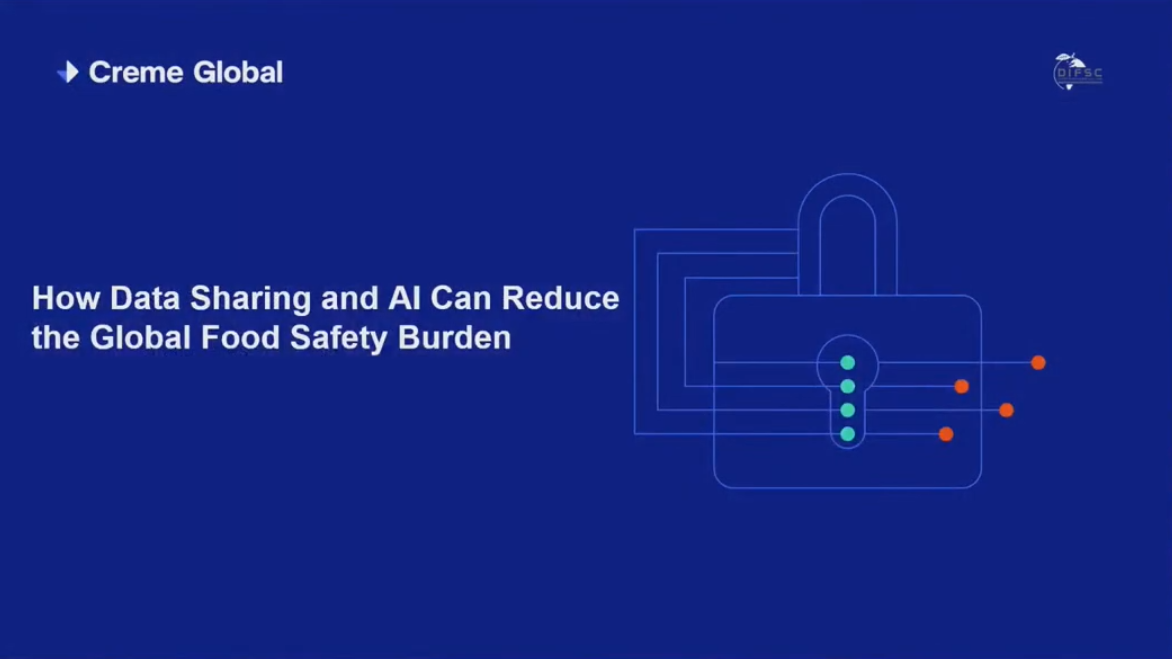Challenges for professionals and organisations tasked with ensuring safety of food have also been drastically altered through remote working and ever increasing reliance on digital tools for monitoring food safety incidents.
Creme Global CEO Cronan McNamara along with a number of distinguished voices from various supply chain stakeholders gave his opinion for the Agroknow publication ‘Digital Transformation of Food Quality & Safety – How COVID-19 accelerates the adoption of digital technologies across the food supply chain’. Read his interview below.
Which changes do you see coming in your work after COVID-19?
I have seen COVID-19 accelerate digital transformation in a wide range of industries through our customers across the globe. People working in the area of digital transformation have told me that COVID has done more for digital transformation, than years of evangelism and planning on their part! I think digital transformation was starting to slowly happen in the food sector before the pandemic. Since the pandemic hit, working remotely, where possible, has become preferable. However, the food industry has been so focused on core production and keeping the supply chain moving in the midst of the economic uncertainty and the new COVID-based restrictions. They haven’t really had time to think about digital transformation, beyond basic remote working. I believe the pandemic has highlighted the necessity of better digital technologies and data capture across the supply chain, to keep it safe and productive. Once things settle down, companies will turn their attention to this and we are seeing a number of companies starting to do that already.
What do you hear from your clients and partners?
Which needs are they highlighting during this period?
Before the pandemic many of our clients were focused on consumer health and preferences and were working on reformulation and substitution activities, to make products healthier and safer. Despite the pressure of the pandemic, a number of these initiatives have continued during the period. With over 90% of our client projects being multi-discipline and collaborations with diverse teams outside of Ireland, we are used to working remotely on projects with our clients. One aspect that we are seeing is the need for organizations to organize and structure their scientific data into a central repository, so that all stakeholders in the group can read or edit it and work in a productive way. Operational data has long since been structured and organized in companies, but research, scientific, new product development and product safety-related data has lagged behind. We are seeing a real appetite (no pun intended) in the food industry to tackle this issue now as it can improve efficiency and save money in the medium to long term.
How do you respond to these needs?
What is your company doing differently to serve your clients and partners better?
Creme Global has been involved in developing and delivering scientific models and predictive models for our clients since our foundation in 2005 – via our Expert Models platform. In recent times,we have realized that our clients need more support in gathering, structuring and organizing their scientific data in an accessible yet secure system. Often our clients want to collaborate with each other to share anonymized and confidential data and hence we have focused on developing a secure, yet user-friendly data management system called Data Foundry which integrates with our scientific and predictive models on Expert Models.
What is the digital technology that will be more extensively adopted by the market during the next 12 months?
That’s a good question. We see Machine Learning systems that are deployed on top of well structured and automated data streams in the food supply chain as being an area ripe for innovation. Whether these will be extensively adopted in the next 12 months remains to be seen. I would hope so, but it takes time to plan for and invest in systems like these and management teams are busy keeping the lights on at the moment. Even if they don’t get as far as Machine Learning, there are significant benefits to be gained by simply being able to view, search and visualize their own data in a clear and efficient manner.



